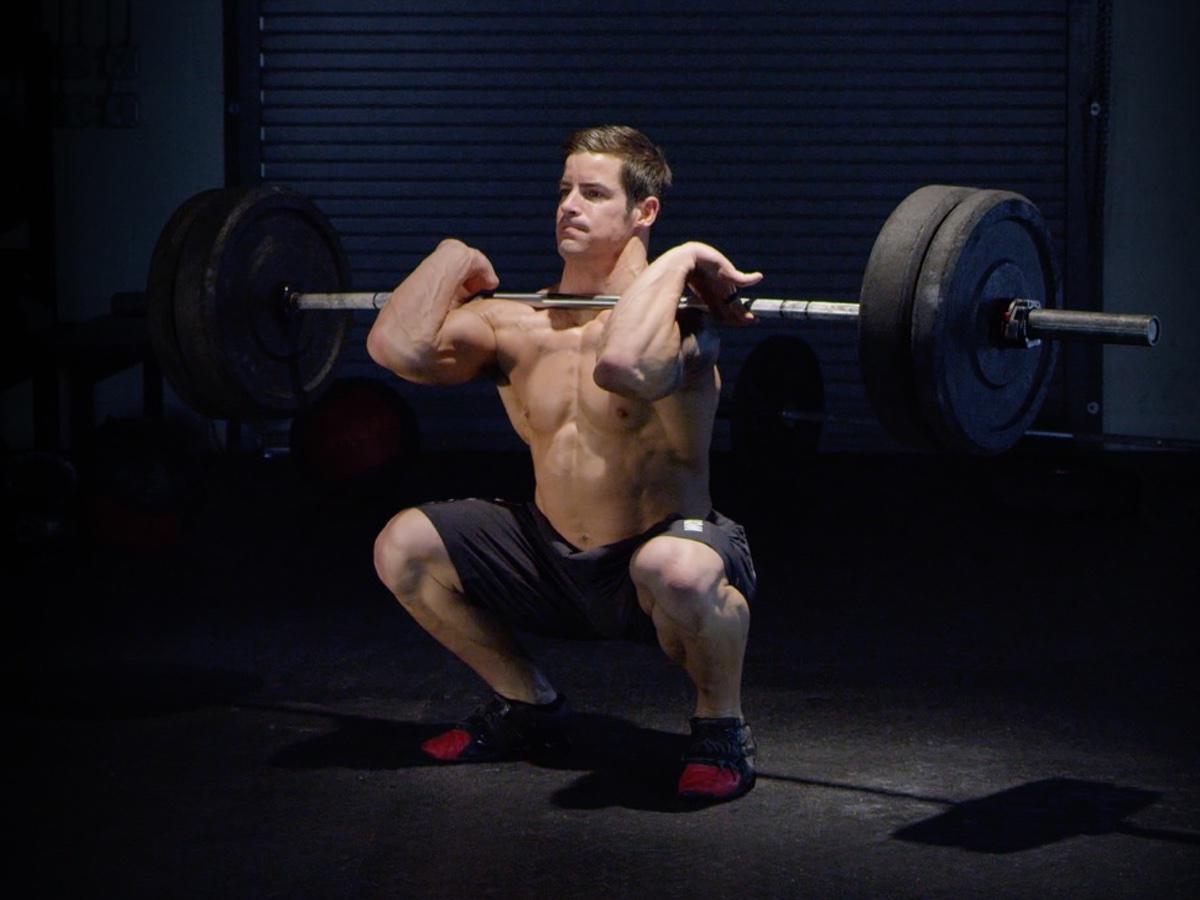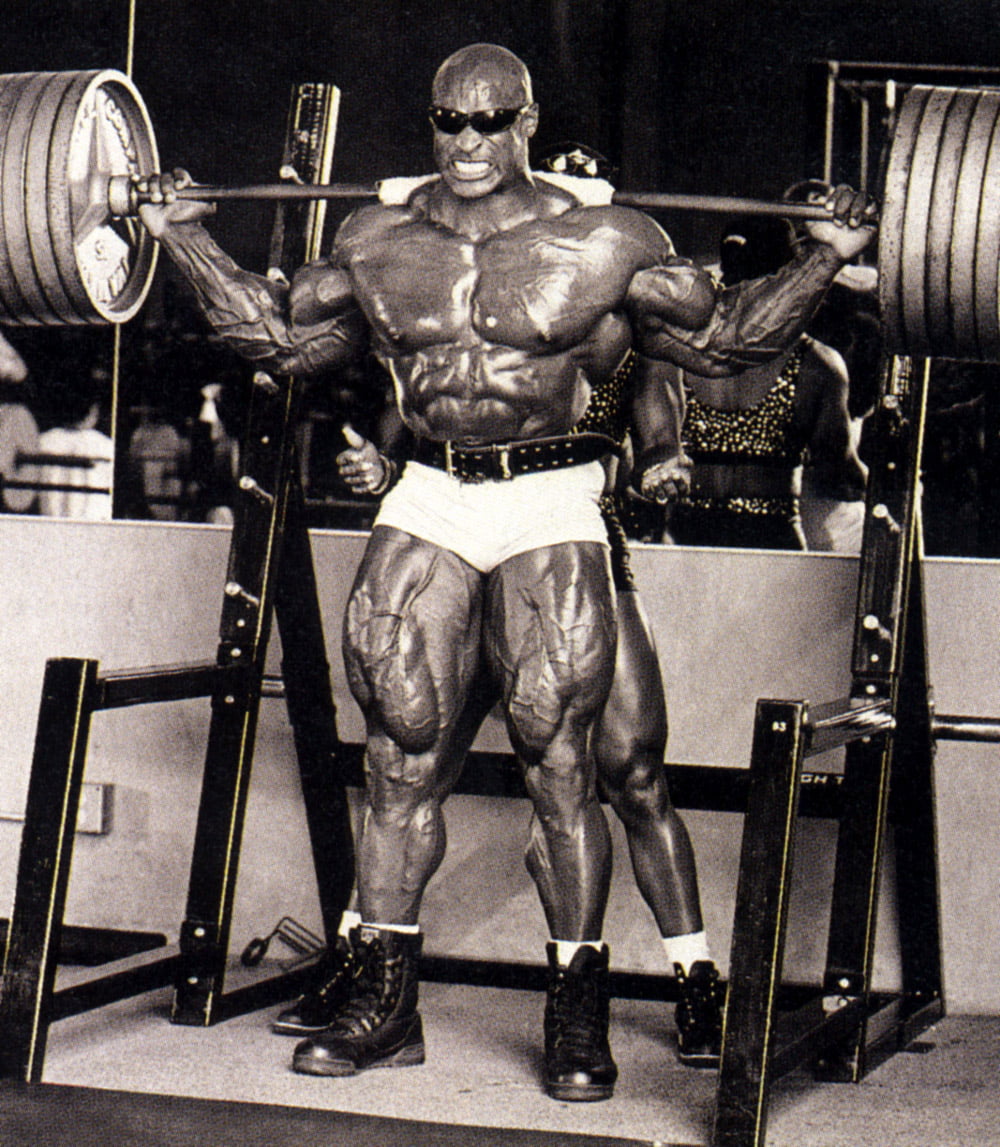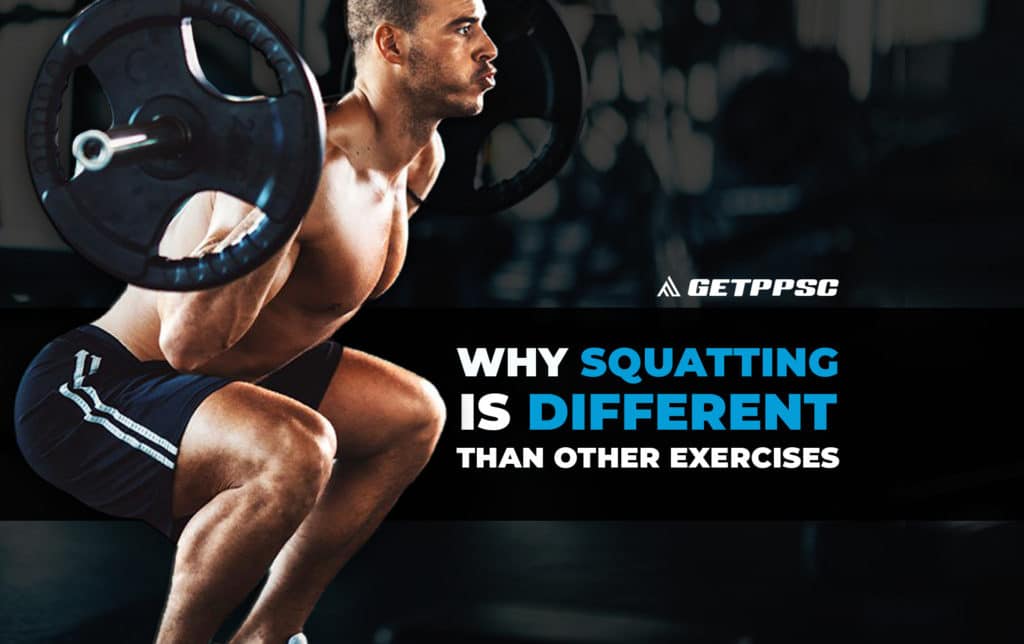Early in your training career your learn the Squat is King!
The most widely known full body move on the planet, the squat holds its position at the top (debatably) of the exercise hierarchy of moves. That definitely makes sense considering the long list of benefits in the squat. However, there are some key factors we tend to overlook with the squat that aren’t so commonly discussed.
Rather than knowingly passing over this topic as we see all over the internet, we are going to address this one.
Let’s be real, there are many factors to the movements we do everyday and we should be willing to talk them all over when looking at function, purpose, and necessity.
Squatting – A Mandatory Pattern

It’s important to remember at the PPSC we firmly stand on the facts there are no mandatory exercises, only mandatory (if doable) patterns. This means you shouldn’t be married to any specific exercise. I don’t care how much you LOVE doing Barbell Back Squats, the fact is they may not be the best option for you from a squatting perspective.
The move is so highly revered because of its translation to everyday activity. We know how often we have to use the squat from getting out of bed in the morning to sitting down for your meals during the day. Lower body function and functional strength are essential for you to remain a healthy human for a long life.
To be clear, this isn’t mandatory in the perspective just of us – just look at Developmental Kinesiology.
Developmental Kinesiology is the study of movement as we develop and age. This is particularly studied in the first few years of life when watching babies acquire new skills in movement. This step by step journey is hardwired into our systems to get us up to bipedal activity.
In order to walk around, run, jump, skip – we have to be able to get down and get back up.
Upgrading this pattern doesn’t just help build a strong set of wheels, it allows us to maximize the potential within our lives.
Why Squatting is Different
There really isn’t much debate about it, squatting is just different.
Knowing squatting feels different is entry level. What we want to do is pinpoint how different the demand is when asking someone to squat regardless of the type of squat.
If you are programming for yourself or your clients, understanding movement detail is everything. Let’s find out.
The Fitness Industry Failed You

We have to take an L on this one.
We have undoubtedly failed the general population client who comes in looking to squat. The reason?
As an industry, we can’t get on the same page on how someone should squat. How the hell should we expect the consumer to know exactly how to squat when we can’t even agree.
If you read one article, you’ll read how we all need to be sitting ass to grass. If you aren’t squatting ass to grass you are spitting in the face of your primitive ancestors and the cavemen who established human culture.
Then, fast forward to reading the next article where you shouldn’t squat anywhere remotely past 90°. Passing that threshold will set you up for irreparable joint damage long term and you are putting yourself in danger.
I am not here to say whether one side is right or one side is wrong. What I am saying is we need to all get our shit together and create some baseline criteria for people to work by.
PPSC Tip: Squat as deep as you can safely squat. Every person is uniquely different and their squatting should be uniquely different from person to person. Can you squat to parallel? Amazing.
You can’t? Squat to the deepest depth you can safely without pain.
The goal is the train, not pain.
We Suck at Regulating Height

I just mentioned how we want to squat as deep as we can with good form – primarily spinal position. Squat as long as you can without your ass tucking underneath itself.
The biggest issue we run into – the main difference between squatting and most other moves – is height regulation.
When you deadlift how low do you normally go? When the bar hits the ground.
When you bench press how low do you normally go? When the bar hits your chest.
When you do a pull-up how far do you go? When the bar hits your chest.
In a squat, there is no solid way to free squat in space and regulate your height. I don’t care how proficient you think you are, there is a large discrepancy between how low you are going and how it feels in your brain.
All that means is you can’t safely regulate how low you go every rep, of every set, every workout, and not put yourself into a potentially dangerous situation.
This isn’t to tell you not to squat. This is a cautionary message to be conservative with your programming and be ruthless in your execution.
PPSC Tip: There is absolutely NOTHING WRONG with box squatting. I box squat in 95% of my leg sessions when the squat is required. I have chronic lower back pain from a spine injury (non-gym related) and it makes sense for me to regulate my height rather than guess it. Don’t shy away from what works. I would rather box squat and know I am safe than free squat and test my luck.
We Think More is Better

More isn’t better, better is better.
The distinction between want and need is an important one. Wanting a big squat is different from NEEDING a big squat.
When I was younger, lifting heavy weight was the only goal. But do you actually NEED a 600 lb Barbell Back Squat?
The easy answer is NO.
Strength matters but you don’t need top 1% in the world strength to make sure you can live a long life. You also have no space to highlight that badass strength unless you are in the gym.
So if I shouldn’t have a monster squat, what should I do?
Train Unilateral

Single leg work translates very well to your day to day life. When you do unilateral work, it asks the body to use different muscles than we would normally see in our bilateral lifts. Muscles that only get called on when put in the position of necessity.
Let’s be clear, that is how muscles work. They only work when the have to.
Train the muscles you use in your movement, not just in the gym.
Train Full Gait Pattern

You don’t NEED sprint especially if you aren’t prepared to but gait pattern access is important. Gait patterning is the pattern your body uses in strides when walking, jogging, running, etc.
One of the leading reasons people end up in nursing homes is gait issues.
If you can’t walk, you can’t move. If you can’t move, your body is going to have a hard time finding reasons to survive.
Embrace The Differences and Your Differences
Find the squats that matter for you and allow you to train. There will be different patterns for each person.
We can see it by looking at someone what muscles are dominant in specific patterns. Find the squat that maximizes your ability to train safely and effectively.
Squatting is wildly misinterpreted across the world because we have so many conflicting opinions on what other people NEED. We need to get our ducks in a row and move towards squatting past parallel and squat as deep as you SAFELY can.
Regulate that height in whatever way you need to. Humans are really shitty at evaluating their height and “safe zones” when it comes to movement. The squat is very different because we have to self-regulate our own height. If you need an outside regulator, like a box, USE IT.
Lastly, squatting a house isn’t the goal. Living a long life where you can be an active participant should be the goal. Get as strong as you humanly can without crippling yourself. Do you, Boo Boo.
Respect the Squat.




